Learn Fermentation at the Department of Fermentation Science
Dec 16,2021
Learn Fermentation at the Department of Fermentation Science
Dec 16,2021
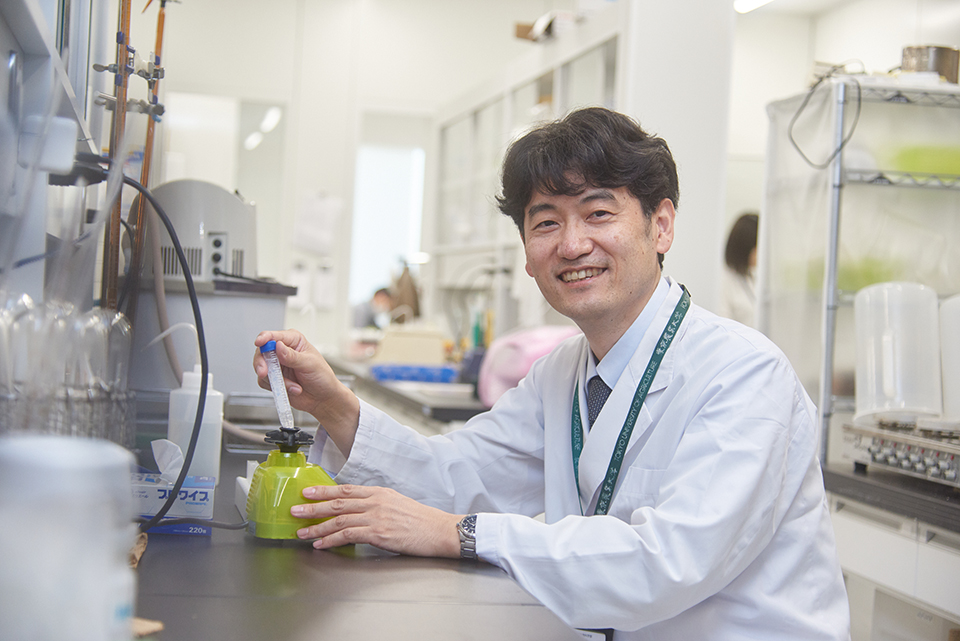

Tokyo University of Agriculture is one of the very few universities in Japan with its own Department of Fermentation Science. Part of the Faculty of Applied Biosciences, the Department of Fermentation Science focuses on the study of traditional Japanese fermentation techniques utilizing microorganisms, as well as the latest bioscience. It engages in a wide range of teaching and research on the subject.
So what makes fermentation science so fascinating? We asked Professor Maehashi Kenji of the Department’s Laboratory of Seasoning Food Science. He also shared his vision for the fermenters of the future.
Tokyo University of Agriculture’s Department of Fermentation Science, part of the Faculty of Applied Biosciences, was founded in 1953. Formerly called the Department of Fermentation, Faculty of Agriculture, it was vested with the mission of fostering the development of the traditional Japanese fermentation industry and passing it on to the next generation, according to Professor Maehashi. To that end, it recruited the best minds in each field of fermentation from all over Japan as faculty.
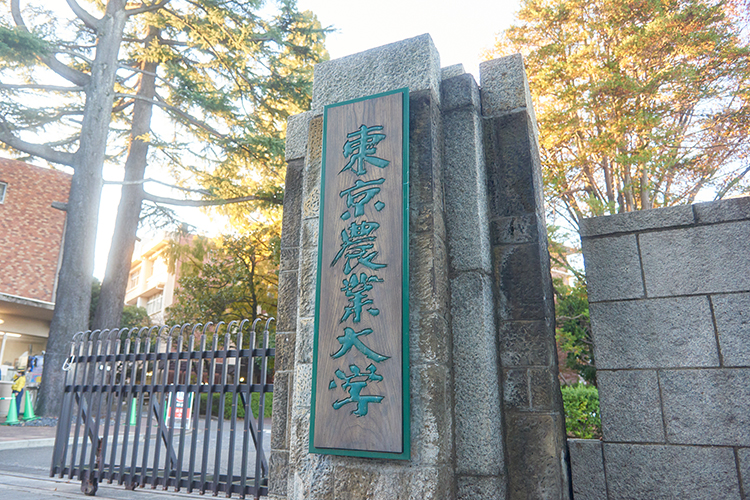
The Department of Fermentation Science, Faculty of Applied Biosciences, is located on the Setagaya Campus of Tokyo University of Agriculture.
More recently, the Department has expanded its horizons to embrace all foodstuffs made using microorganisms and the larger context in which they’re produced, plus technological innovations utilizing microorganisms. It conducts research and teaching with the goal of driving the growth of the food biotechnology sector.

Professor Maehashi Kenji of the Laboratory of Seasoning Food Science, Department of Fermentation Science
“In the old days, fermentation was an art performed by what were called craftspeople based solely on experience. But now, by harnessing modern biotechnology, we can determine what underpins fermentarian and how it works. Microorganisms invisible to the eye have tremendous potential as a means of solving the challenges facing society in many different areas, including food, the environment, and energy.”
The Department of Fermentation Science consists of three research fields: Fermentation Microbiology, Fermentation Technology, and Environmental Science for Brewing. Fermentation Microbiology imparts a general knowledge of microbes and how to analyze their functions. Fermentation Technology examines the scientific process whereby raw ingredients become a fermented product, along with the technologies involved. Environmental Science for Brewing deals with the overall environment in which the food industry operates.
After studying all three, students enroll in the laboratory of their choice in fourth year. A unique feature of the curriculum, and something that students particularly look forward to, are the experiments producing two types of products—alcoholic beverages and seasonings—performed in third year.
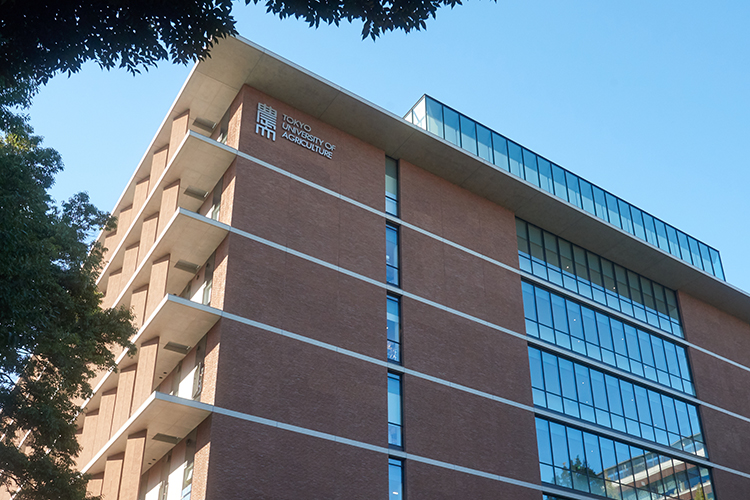
The Department’s laboratories are located in NODAI Science Port, the new research building completed in April 2020.
“These production experiments form the culmination of everything students have learned in the classroom so far. During these experiments, students actually try making stuff themselves, starting from koji (rice malt): alcoholic beverages like sake and shochu, and seasonings like rice miso and dark soy sauce. In third year, there’s also the option of participating in a special fermentation science internship. This involves staying for two weeks at the brewery or factory of a graduate of the program and actually learning the steps in the production process from professionals in the field. The traditional Japanese character for koji—糀—consists of the elements ‘rice’ and ‘flower.’ And sure enough, when you propagate koji mold on steamed rice, it looks just like flowers in bloom, so you can tell that microbes are living organisms. These internships give students a valuable learning experience different from what they obtain in the classroom. They get to observe the fermentation process with their own eyes, work with their own hands, explore the changes that occur, and taste the final product for themselves.”
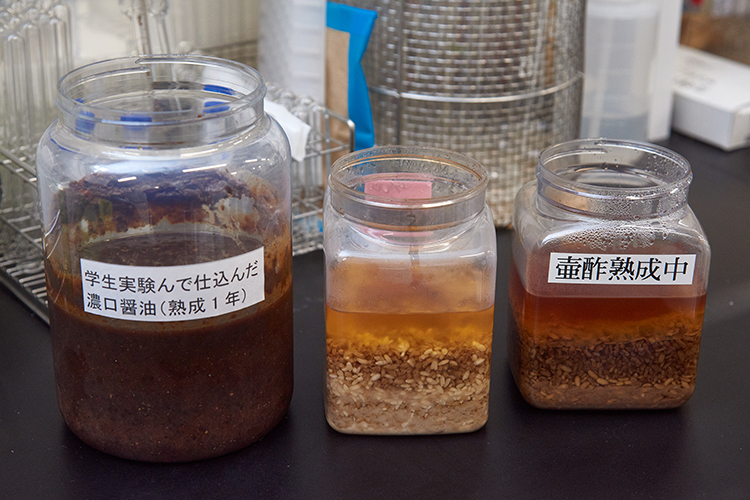
Fermented seasonings made by students
The Laboratory of Seasoning Food Science, which Professor Maehashi heads, is part of the Fermentation Technology arm of the Department of Fermentation Science. What type of research does it carry out, specifically?
“Our research focuses on miso, soy sauce, and other seasonings that enhance food flavor through the power of fermentation. To study them properly, you need to understand what deliciousness is. That’s why I tell my students that they shouldn’t just eat their meals in a daze. They should savor their food and ask themselves, ‘What am I eating? How does it taste?’”
“In my view, deliciousness isn’t something you add to food. It’s something created from the ingredients themselves. Adding salt makes foods salty and adding sugar makes them sweet, which is simple enough. Fermentation is a different story. Fermented soybeans, for example, don’t just contain sweetening compounds and umami compounds. They also possess acidity. All those elements interact in complex ways to create a single unified flavor. We spend our days trying to shed scientific light on the mechanism behind deliciousness.”
The lab also works on development of new fermented foods made using microorganisms like the koji fungus.
“The koji used in making miso, soy sauce, and sake can, with a little manipulation, produce flavors different from those you’d imagine. Analyzing microorganisms at the genetic level allows them to be utilized to enhance flavor. I have students who’ve made miso from pistachios and soy sauce from beef or pork. I’m always amazed at the flexibility of their minds.”
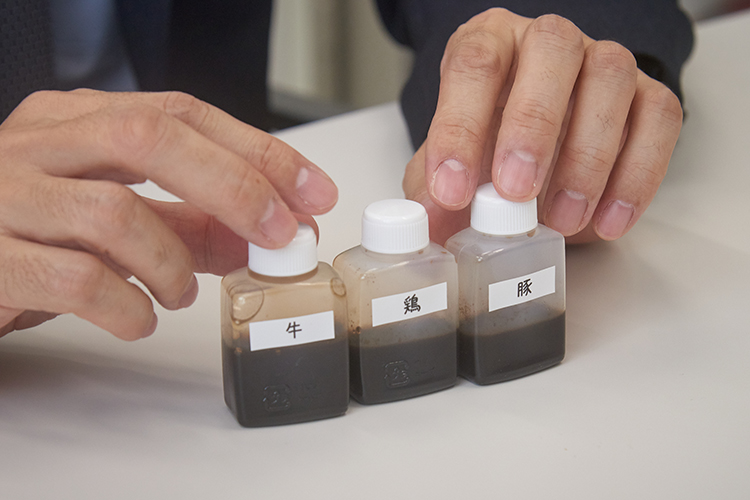
Samples of soy sauce produced from beef, chicken, and pork.
Professor Maehashi’s students often ask for his opinion of their fermented concoctions.
Professor Maehashi also serves as advisor to the Wajokai, a student club dedicated to observing, making, and eating fermented foods. He and the members have fun tasting and comparing different fermented foods, holding seminars about them, and touring breweries and fermented food factories in different parts of Japan.
“Many of the students in the Department of Fermentation Science have their own unique personality,” says Professor Maehashi. So what kind of students are enrolled there? To find out, we talked to one of them: Imai Miyuki, who is with the Laboratory of Seasoning Food Science. She told us more about the Department.”
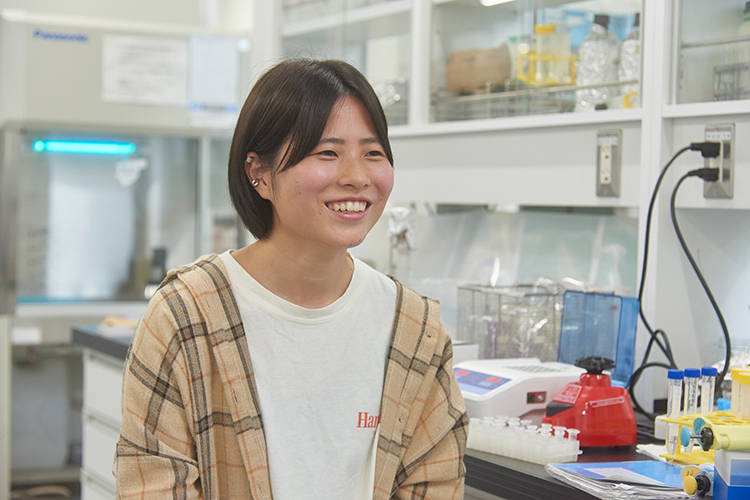
Fourth-year student Imai Miyuki. Her ambition: to tell people worldwide about the magic of fermentation.
“I’ve always loved to eat, and I became interested in the Department of Fermentation Science when one of my high school teachers told me it was a great place to learn about all kinds of foodstuffs like seasonings and sake. We do lots of experiments during classes. Actually using your hands to make sake and seasonings and stuff teaches you a lot.”
“The great thing about fermenting foods is that it improves their flavor and extends their shelf life by harnessing the power of microbes. It’s a natural way to make them taste better, without having to rely on additives.”
“Our experiments involve handling microbes, and sometimes the fungus doesn’t grow like you want it to, or conversely it grows like crazy. It’s a bit of a headache when an experiment doesn’t go according to plan, but that’s all part of the fun of fermentation.”
Studying in the Department of Fermentation Science has changed the way Miyuki looks at food. When she looks at the label of a sake or seasoning sold in stores, she can now understand how it’s made.
“We studied the process of making sake in class, so when I first drank sake after turning twenty, it tasted extra special [laughs]. Japanese fermented foods, which have a history going back centuries, have so many wonderful qualities that most people are hardly aware of. I intend to get a job related to food once I graduate. One day, I’d like to proselytize the advantages of fermented foods in Japan and around the world.”
The Department of Fermentation Science has long been a linchpin of the Japanese fermentation industry. Many graduates have gone on to take over sake and other breweries themselves. In fact, over half Japan’s sake breweries have Tokyo University of Agriculture alumni on staff.
“Another feature of the Department of Fermentation Science is our network of graduates working in the brewing and food industries,” notes Professor Maehashi.”
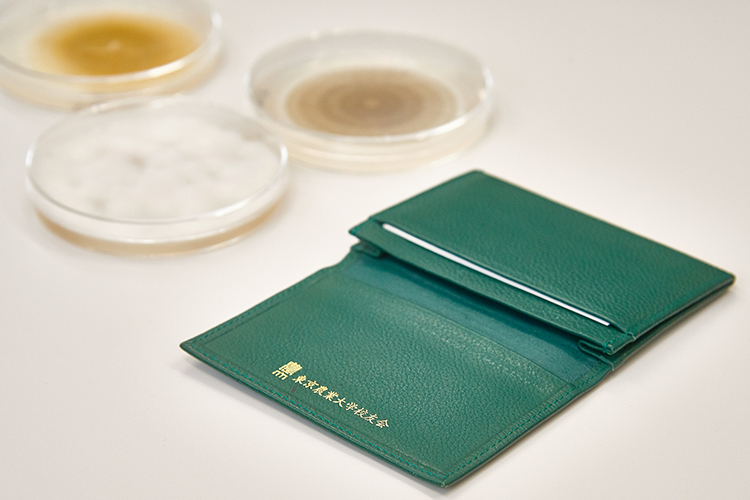
The commemorative business card case presented to Tokyo University of Agriculture graduates. It often gets noticed at industry get-togethers when business cards are exchanged. “So you’re an alumnus too!”
“The biggest advantage that graduates of the Department of Fermentation Science have is that they fully understand the power of microorganisms and know how to properly manipulate them. Microorganisms ferment things, but they also cause them to rot. Knowing both the good and bad sides is an invaluable asset in every industry in the world.”
“Fermentation is indispensable to Japan’s food future and that of the world. Graduates who have studied fermentation science in the Department will, I earnestly hope, continue to work all over the world for the happiness of humankind.”
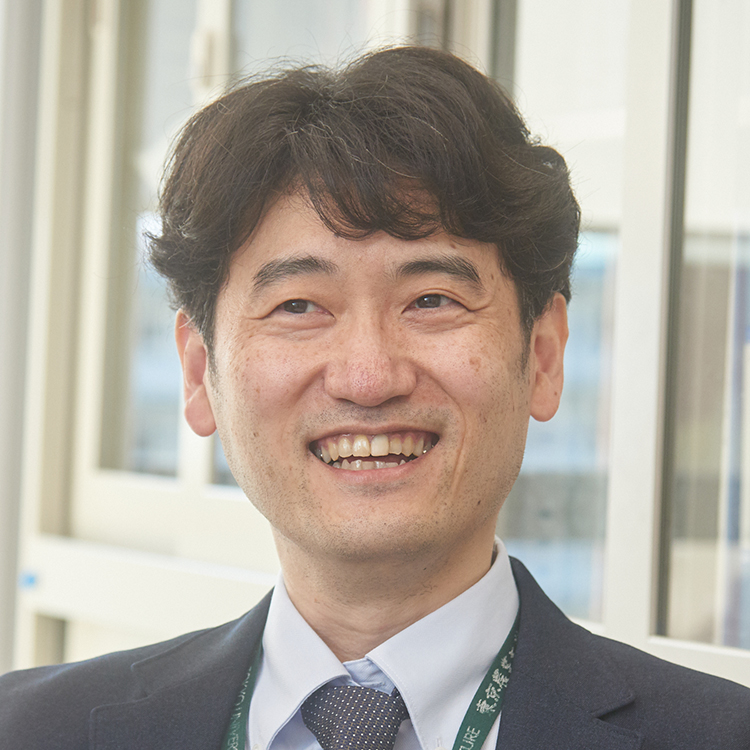
Professor, Department of Fermentation Science, Faculty of Applied Biosciences, Tokyo University of Agriculture Maehashi Kenji obtained a master’s degree in fermentation science from the Graduate School of Agriculture of Tokyo University of Agriculture in 1994. He then entered the doctoral program in agricultural chemistry, which he completed in 1998. His research focuses on fermented seasonings such as miso, soy sauce, and vinegar. He explores these seasonings from many angles, including how microorganisms behave during fermentation and the resulting chemical changes, as well as flavor and aroma.